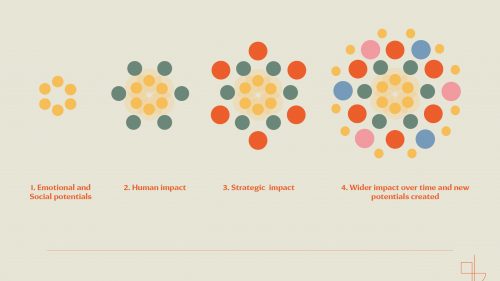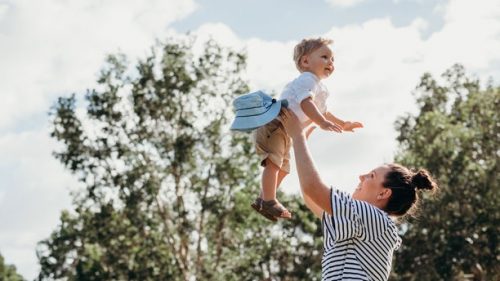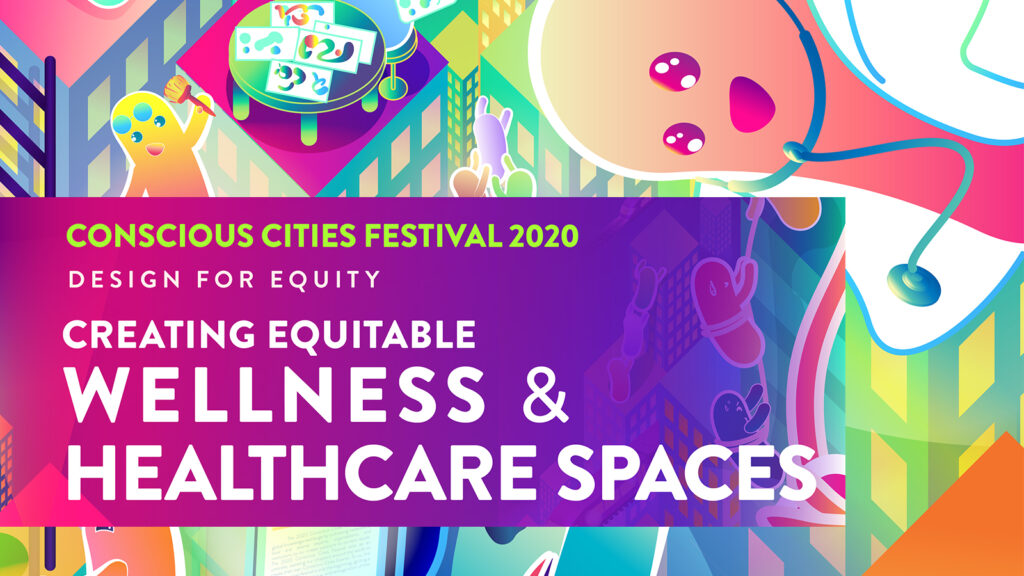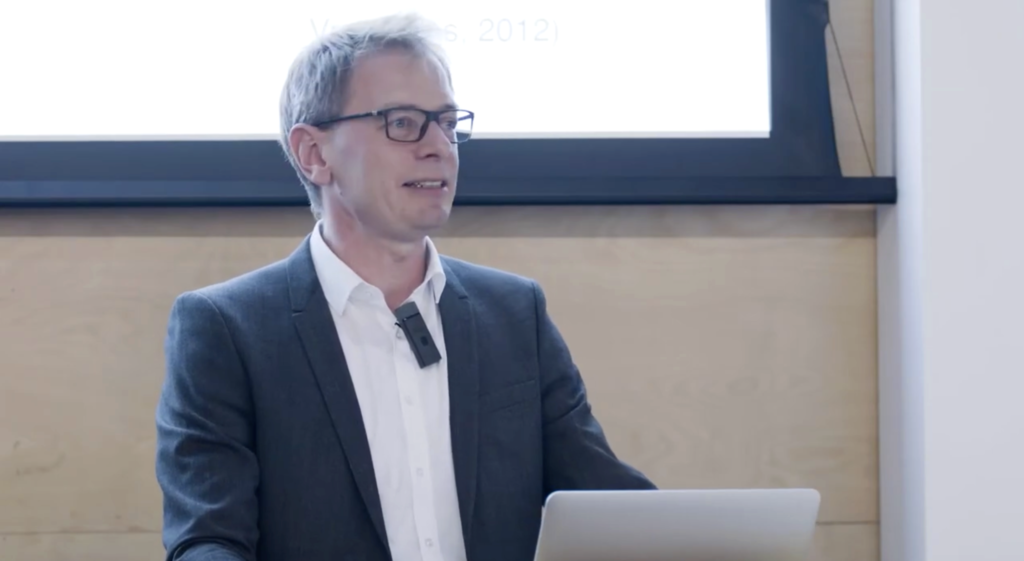The Playbox is a 20-foot steel shipping container that for the last two years has travelled around to different areas of Leeds, bringing creative workshops and events to diverse neighbourhoods as a way of putting “people and play at the heart of public engagement and place”1. The Playbox is a project facilitated by Playful Anywhere, a community interest company headed up by Emma and Marie, who describe the physical manifestation of the project as a “roving box of tricks”2. During June and July 2016, the Playbox travelled to Seacroft in East Leeds, where it was hosted in Rein Park by staff and volunteers from local community organisation LS14 Trust.
Rein Park had been identified as an important greenspace for the area; it is well placed and has a lot of potential, but fails to meet the desires and expectations of the local population for various reasons. The research that was carried out in parallel with the Playbox project sought answers to a number of research questions (below). The central aim of the research was to understand what Rein Park means to those living in the surrounding neighbourhood. The Playbox effectively acted as a vehicle for a form of creative consultation, enabling questions to be asked around themes such as identity, social relations and sense of place. It was hoped that answers could be sought in response to the question of why certain local residents refrain from using the space. Subsequently, solutions that actively incorporate the desires and expectations of local residents might be found.
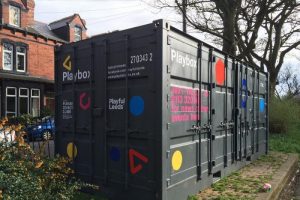
Research questions
- What barriers exist to green space use?
- How can play be used as a way of overcoming these barriers
- How can play facilitate conversations that build an understanding of people’s sense of place?
The activities facilitated by LS14 Trust staff and volunteers during the Playbox residency included regular free-form play sessions, picnics, and discos. Basic equipment – for example, car tyres, hula hoops and Lego – was made available to participants and the format of sessions was therefore dependent on this choice, amongst other factors. The intention was to provide an inclusive, open and safe space for creativity, physical activity and conversation; this aligned with Playful Anywhere’s broad ethos that people of all ages, backgrounds and wealth should be able to come together and play3. In essence, the Playbox residency in Seacroft aimed to reconnect people with their local greenspace and with each other.
Key Findings
Using qualitative research methods, extensive data in the form of field notes, photographs and interview transcripts was collected over the two-month research process. Two key conclusions emerged. Firstly, play represented an effective tool for bringing people together, drawing out stories and opinions about the space (see supporting figures) and ultimately, building a shared understanding of the layered meanings that Rein Park holds for different local residents. These layers of meaning may or may not complement each other but it is these multiple identities that “can either be a source of richness or a source of conflict, or both”4. In this way, the Playbox and its activities can be seen as instrumental in achieving the key research aim – it drew people into the space and incentivised them to mingle and converse as they may not have done otherwise.
“A box has plenty of latent potential to be magical and imaginative; you don’t know what’s in it, or what might emerge from it” – Emma, Playful Anywhere
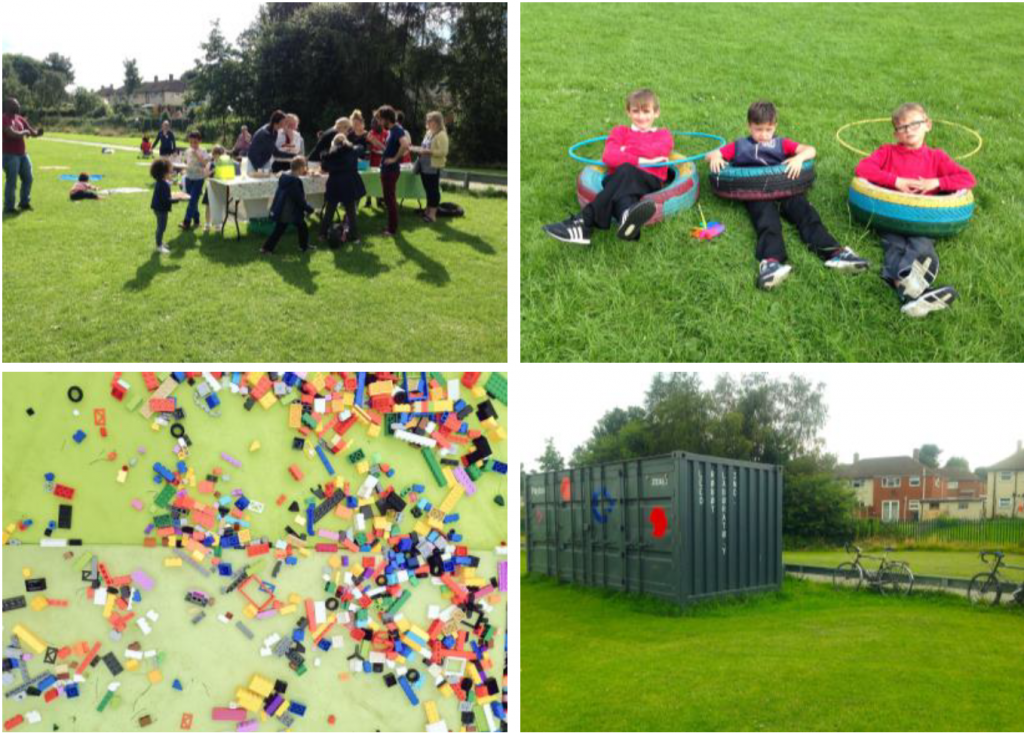
Simultaneously, the intrinsically playful nature of the Playbox in itself was highlighted. The act of situating this metal shipping container in Rein Park was inherently playful, in that it represented a creative, innovative, exploratory and iterative approach to placemaking5. The Playbox therefore challenged the functionality of the space and effectively intervened in the ‘normal social order of things’6, encouraging people to reimagine the space outside of a top-down planning process. This framing draws ideas from the Tactical Urbanism movement6, which advocates for such (bottom-up, in this instance) tactical interventions as a means of challenging the centralised organisation of space. In Rein Park, it was made clear that infrastructural improvements are badly needed; whilst the research findings illustrated this point, they also highlighted the intrinsic value of such playful interventions as a way of harnessing social capital in an area and injecting vibrancy through DIY expressions of citymaking. Planners and park authorities must set the stage so that this value can be amplified. The potential of the park may then be met, as people can continue to nurture and be nurtured by the space. After all, it is people who are the essential fabric of any neighbourhood, and thus people who give places meaning.
In terms of future research, there is certainly scope to continue using the Playbox as a vehicle for creative placemaking and data collection around the use of urban space. Either side of the Seacroft residency, the Playbox has been popping up around the city in parks, leisure complexes and community centres. In each location, this simple idea has helped to draw out people’s desires for the future of local places in which they live and work. At the heart of the Tactical Urbanism movement is a contestation of the top-down, centralised organisation of space, the functionality of which is challenged through contradictory and surprising practices.
The Playbox is an exciting and novel take on this idea and as such, it deserves to be tested further as a tool for analysing the desires and expectations of people in a range of different public spaces. With a body of evidence behind it, there is now the opportunity for the Playbox to be used to challenge the use of space in some of the more hidden, or unexpected areas of Leeds and indeed, further afield. Perhaps now is the time for Playbox propagation…?
Supporting Figures
Data was collected through surveys designed by Tamsin Constable, a freelance researcher commissioned by Playful Anywhere to collect snapshot data during the Playbox residency in Seacroft. By combining this with the more in-depth qualitative findings, the key conclusions were corroborated and subsequent proposals for the installation of additional play equipment were strengthened.
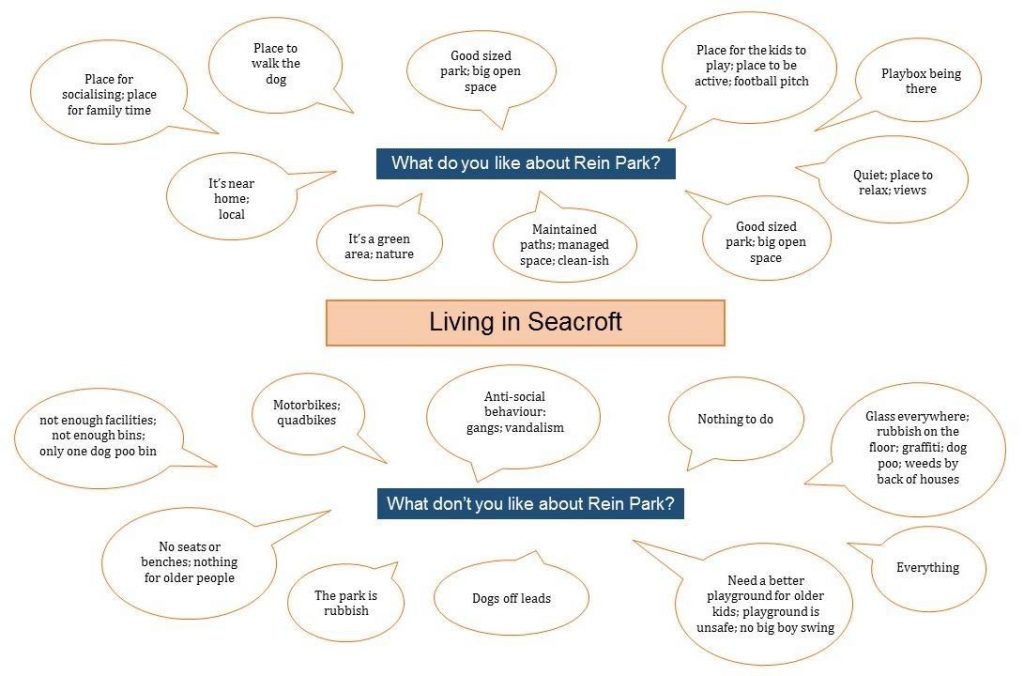
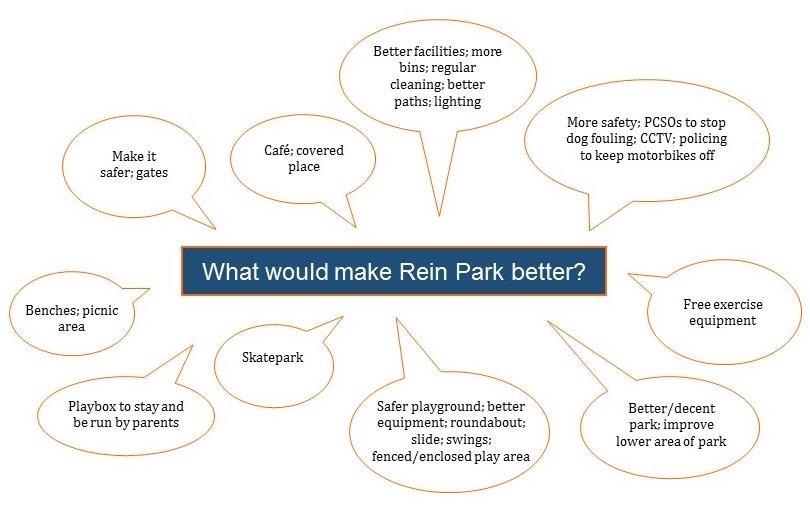
Notes
Image credit: Playful Anywhere; Becky Sumerling; Maria Spadafora. For more information on the Playbox, or to find out about its current and future adventures, you can follow it on Twitter or Facebook. For a full version of the research paper, or to discuss future collaboration, you can contact Becky via Twitter.
References
1 Playful Anywhere, 2014. About Us. http://www.playfulanywhere.co.uk/?page_id=90
2 Playful Anywhere, 2013. Twitter Profile. https://twitter.com/playbox01
3 Playful Anywhere, 2015. Pinned Tweet. https://twitter.com/PlayfulLeeds/status/665477133901410304
4 Massey, D. 1994. A Global Sense of Place. Space, Place and Gender. Cambridge: Polity Press, pp.146-157.
5 See, for example, Lester, S. and Russell, W. 2008. Play for a Change. UK: Play England.
6 Lydon, M. and Garcia, A. 2015. Tactical Urbanism. New York: Springer.






